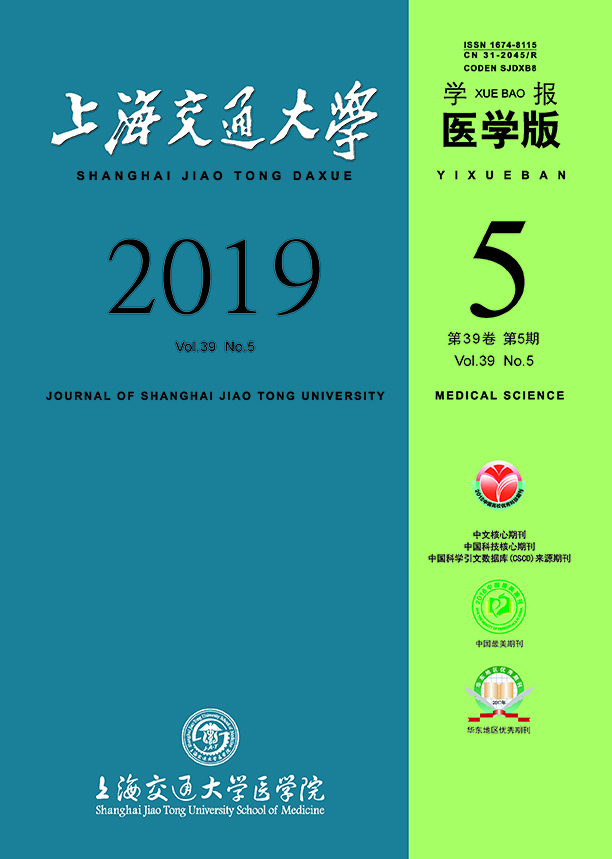|
|
Association between behavioral problems and sleep problems among children with autism spectrum disorder
LI Yuan-yuan,WEN Jing,YANG Ting,GUO Min,ZHU Jiang,CHEN Li,CHEN Jie,LI Ting-yu
2019, 39 (5):
505.
doi: 10.3969/j.issn.1674-8115.2019.05.011
Objective · To explore the relationship between sleep problems and behavioral symptoms among the children with autism spectrum disorder (ASD). Methods · This study included 356 autistic children and 225 typically developing children aged 3-8 years. The Children’s Sleep Habits Questionnaire (CSHQ) was used to investigate the sleep problems of the two groups, and Social Responsiveness Scale (SRS), Childhood Autism Rating Scale (CARS), Autism Behavior Checklist (ABC) were used to assess the behavioral symptoms of the children with ASD. Results · According to the CSHQ total score, the prevalence of sleep problems was significantly higher in the children with ASD than that in the normally developing children [69.38% (245/356) vs. 47.56% (107/225), P=0.000]. The total scores of CSHQ, sleep onset delay, sleep duration, night waking, parasomnia, sleep disordered breathing, and daytime sleepiness in children with ASD were significantly higher than those in the control group (all P<0.05). Compared with the ASD children without sleep disorder, the ASD children with sleep disorder got higher SRS total scores, social cognition, social communication, social motivation and autistic mannerisms scores (all P<0.05). Moreover, the total scores of ABC, sensory stimuli sensorial, relating, body and object use, and language scores were higher in the ASD children with sleep disorder (all P<0.05). ASD children with sleep disorder had higher scores in CARS (P=0.008), and according to the CARS stratification, the children with ASD in the sleep disturbance group had more severe symptoms (P=0.033). Conclusion · Children with ASD have higher risk of sleep problems than the typically developing children. And sleep problems are significantly associated with behavior of children with ASD. Behavioral symptoms are severer in the ASD children with sleep problems. It is suggested that sleep problems may have some deep and internal relationship with the onset of ASD, and more attention should be paid to patients' sleep problems in order to improve their recovery effect.
Related Articles |
Metrics
|

